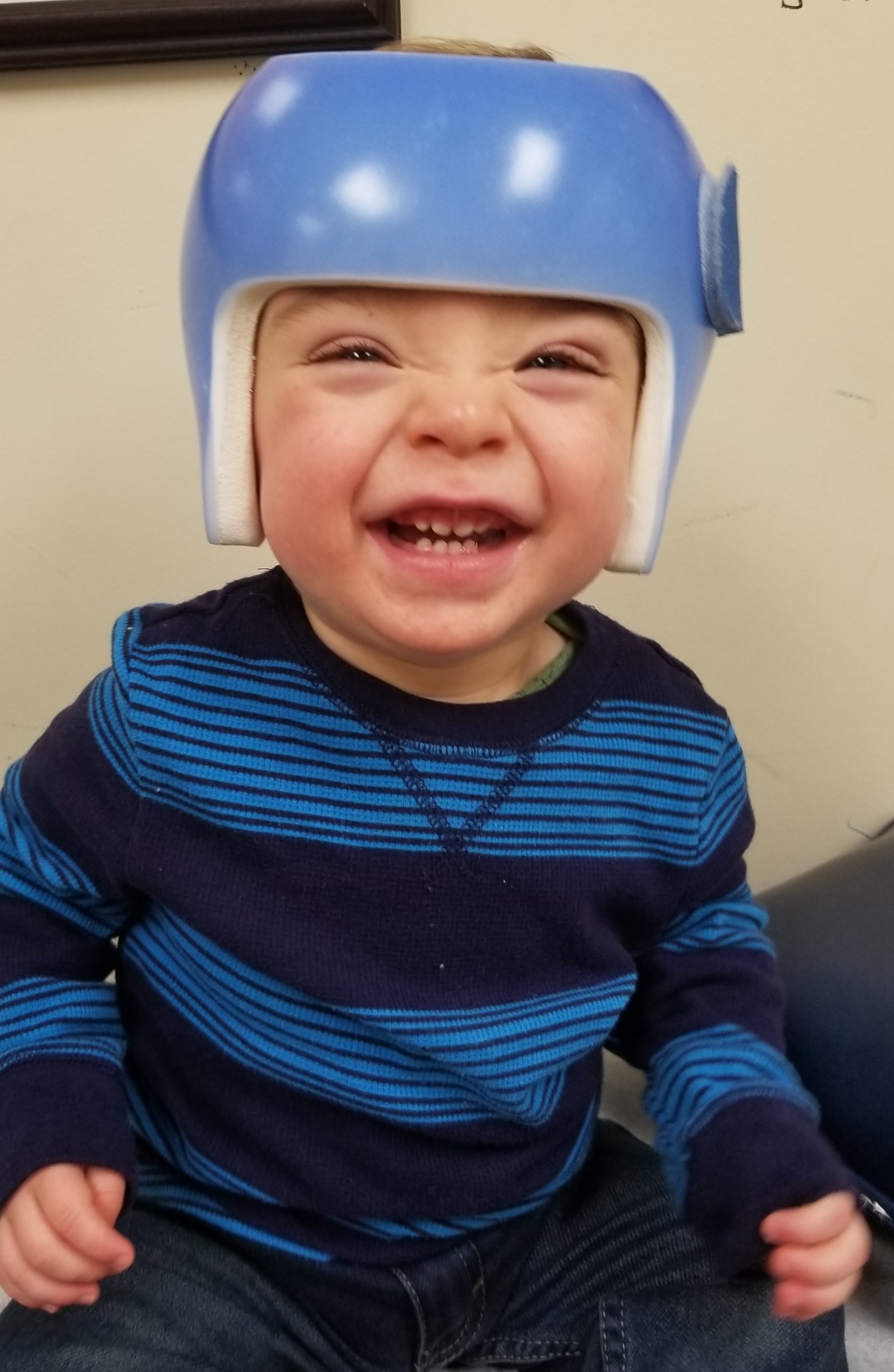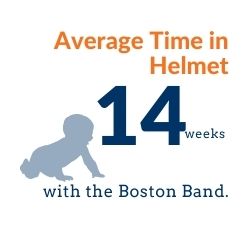Is My Child Too Old for Helmeting?
Posted on
If your child has plagiocephaly, also known as “flat head syndrome,” you might be wondering if a cranial helmet, or cranial remolding orthosis (CRO), will be an effective treatment. The answer is, it depends on several things, one of which is the age of the child at the time of treatment.
 An orthotic helmet acts as a mold for the infant’s head, restricting further asymmetric growth and guiding the flattened areas to grow into the empty space of the helmet in a normal, rounded fashion. Because the helmet relies on the natural growth of the head to promote a rounded shape, early detection of plagiocephaly is key to a more successful outcome. The length of time the child must wear the helmet is also shortened when the condition is discovered at an early age.
An orthotic helmet acts as a mold for the infant’s head, restricting further asymmetric growth and guiding the flattened areas to grow into the empty space of the helmet in a normal, rounded fashion. Because the helmet relies on the natural growth of the head to promote a rounded shape, early detection of plagiocephaly is key to a more successful outcome. The length of time the child must wear the helmet is also shortened when the condition is discovered at an early age.
The Boston Band, a lightweight cranial helmet developed by Boston Orthotics & Prosthetics, is approved for use in children between the ages of 3 and 18 months, however, the ideal range for treatment is 3-9 months  due to the fast rate of cranial growth during that time. Research supports early intervention, and Boston O&P’s own outcomes show better improvement and shorter treatment times in 3-6 month-olds versus 7-12 month-olds.
due to the fast rate of cranial growth during that time. Research supports early intervention, and Boston O&P’s own outcomes show better improvement and shorter treatment times in 3-6 month-olds versus 7-12 month-olds.
“Helmets are most effective when there is substantial head growth over a relatively short period of time,” said Steven Slawinski, director of the Boston O&P clinic in Voorhees, NJ, and the lead orthotist for Boston O&P's cranial remolding team. “As a child gets older, cranial growth slows down, and significant change becomes more and more difficult to see, so we will achieve a better result when we can start redirecting the growth earlier.”
If your child has been diagnosed with plagiocephaly or another cranial asymmetry but is too old to benefit from a cranial remolding orthosis, the good news is that depending on the significance of the plagiocephaly, it can become fairly unnoticeable as the child’s head grows. Although the flattened area does not continue to increase in size, the head does, which makes the flattened area seem proportionally smaller.
In addition, as the child grows older we tend to view their head from the side rather than the top, a perspective that makes plagiocephaly much less noticeable.

